Don't miss our holiday offer - 20% OFF!
Clean and safe water is a fundamental need, especially in schools where the health and safety of students are top priorities. Poor water quality can lead to various illnesses that disrupt teaching and learning. Ensuring that water in schools remains clean and safe is crucial, and water quality sensor technology plays a vital role in this. This article explains how water quality sensors work and how they can improve safety and health in school environments.
Contents
- 1 The Importance of Water Quality in Schools
- 2 What Are Water Quality Sensors?
- 3 How Water Quality Sensors Work
- 4 Types of Water Quality Sensors
- 5 Benefits of Using Water Quality Sensors in Schools
- 6 Implementing Water Quality Sensors in Schools
- 7 Challenges in Using Water Quality Sensors
- 8 Case Study: Implementation of Water Quality Sensors at XYZ School
- 9 Conclusion
The Importance of Water Quality in Schools

Read More : Water Current Sensors: Key Tech for Revealing Flood Flow Secrets
Water quality directly impacts the health and well-being of students and staff. Contaminated water can cause diseases such as diarrhea, cholera, and other infections. Ensuring that the water in schools is free from contaminants is essential. Manual water quality testing is often time-consuming and impractical, especially for schools with limited resources. This is where water quality sensors come into play.
What Are Water Quality Sensors?
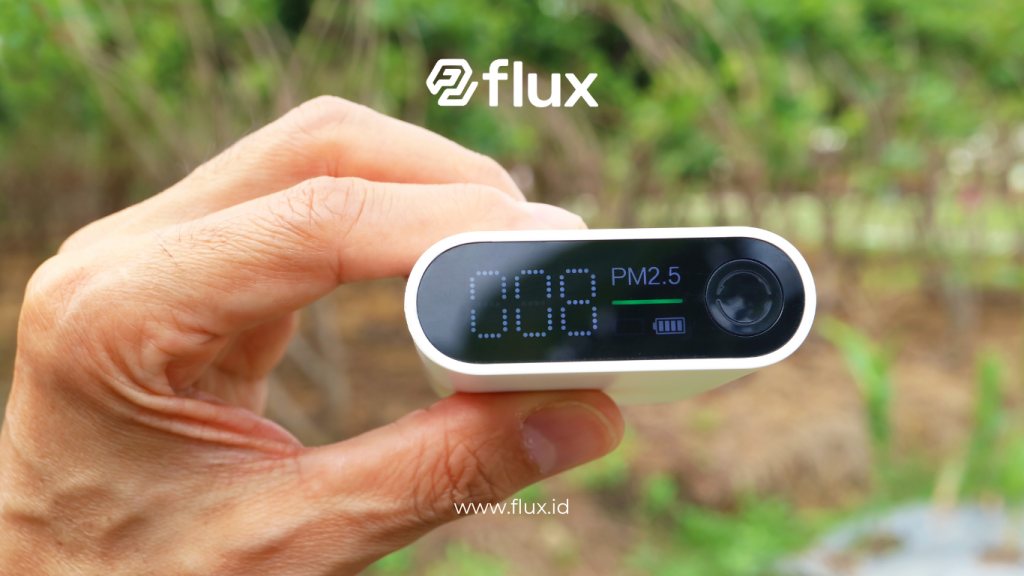
Read More : Decoding Water Quality Sensors: Health Threats in Floods
Water quality sensors are devices designed to detect and measure various water quality parameters, including pH, heavy metal content, turbidity, temperature, and dissolved oxygen levels. These devices monitor water quality in real-time, providing accurate and rapid information about water conditions.
Water quality sensors typically include different types of sensors, each designed for specific parameters. For example, pH sensors measure the acidity of water, while turbidity sensors gauge water clarity. Combining these sensors provides a comprehensive picture of water quality.
How Water Quality Sensors Work
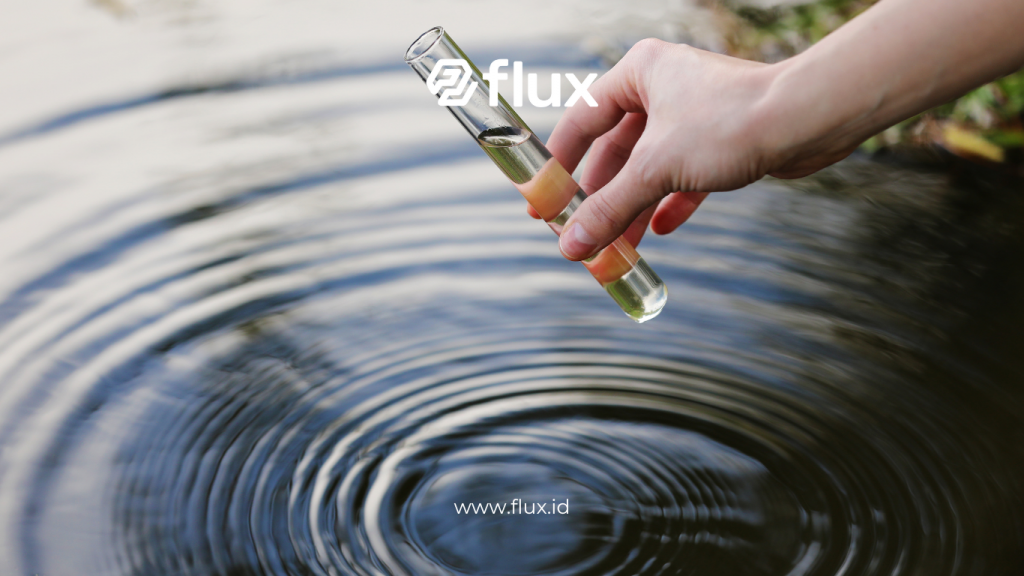
Read More : Flood Water Quality Monitoring: Critical Role in Protection
Water quality sensors operate on a straightforward principle. Each sensor has a detection element that reacts to specific parameters in the water. This reaction converts into an electrical signal, which the monitoring device reads and analyzes.
- Detection of Water Quality Parameters: Each sensor detects specific parameters. For example, a pH sensor identifies hydrogen ions in the water, indicating the water’s acidity or alkalinity.
- Signal Conversion: After detecting a parameter, the sensor converts the information into an electrical signal. This signal is then sent to a processing unit for analysis.
- Data Processing: The data from the sensors undergoes processing to determine if the water is within safe limits. If the data shows anomalies or unsafe levels, the system alerts users.
- Information Transmission: Processed information appears on a monitor or is sent to the school’s management system, allowing officials to act quickly if necessary.
Types of Water Quality Sensors
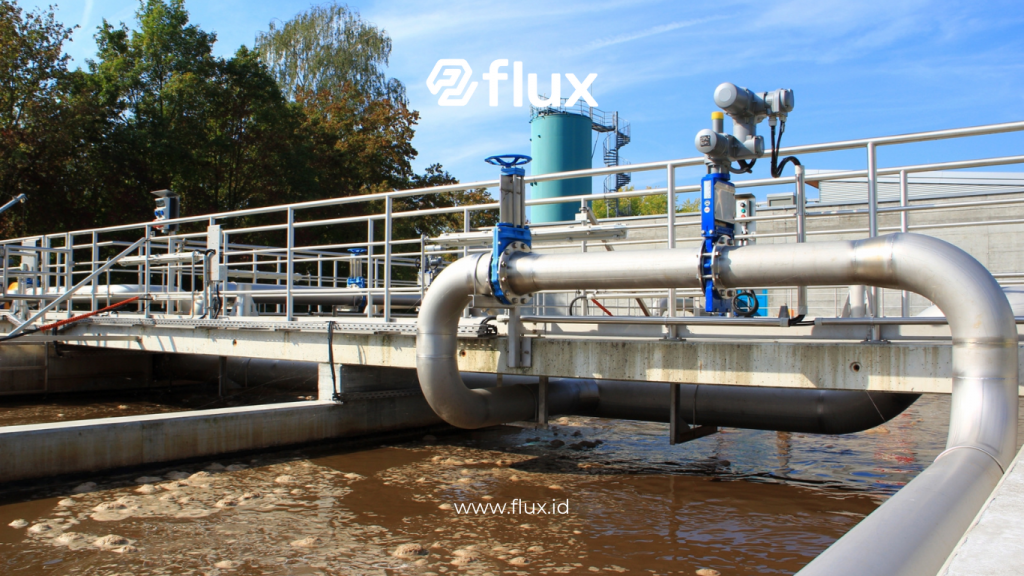
Read More : pH Sensor for Ideal Water Conditions in Fisheries
- pH Sensors: These sensors measure water’s acidity or alkalinity. A pH level outside the safe range can signal dangerous contamination.
- Conductivity Sensors: These measure the water’s ability to conduct electricity, often related to dissolved salts. High conductivity levels may indicate pollution.
- Turbidity Sensors: These sensors measure water clarity, often affected by suspended particles. Increased turbidity can indicate pollutants or pathogens.
- Temperature Sensors: Water temperature affects various quality aspects, including dissolved oxygen levels and biological activity. Temperature sensors help maintain optimal water conditions.
- Dissolved Oxygen Sensors: These sensors measure the amount of oxygen in the water, crucial for supporting aquatic life. Low levels may indicate problems.
Benefits of Using Water Quality Sensors in Schools
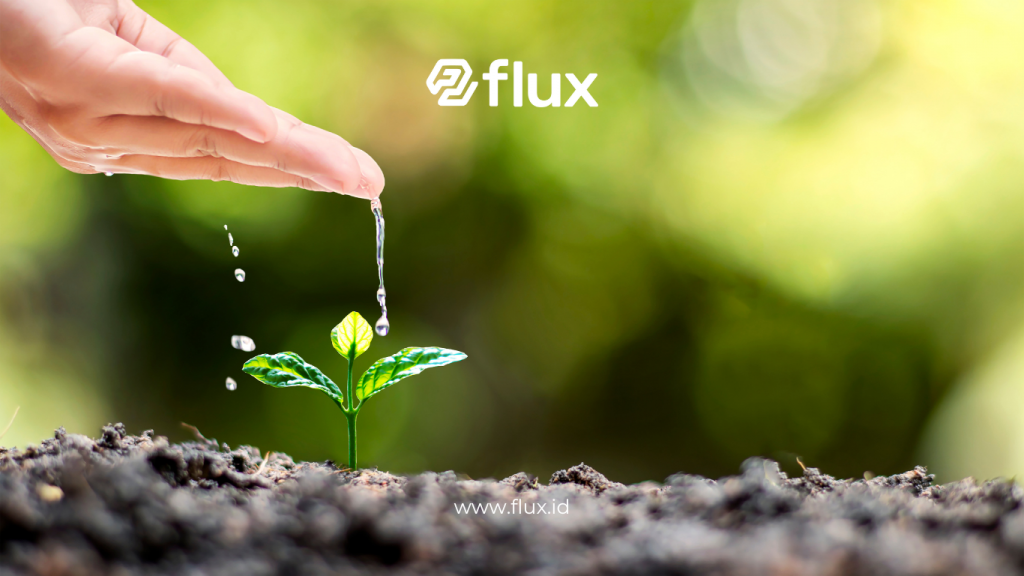
- Real-Time Monitoring: Sensors provide real-time water condition monitoring, enabling quick responses to sudden changes.
- Early Detection: Sensors allow for early detection of contamination or other issues, preventing disease spread and ensuring safe water.
- Cost Efficiency: Although sensors require an initial investment, they can reduce long-term costs by eliminating the need for time-consuming manual testing.
- Safety and Health: By maintaining high water quality, sensors help create a safe environment for students and staff, reducing the risk of water-related diseases.
- Increased Trust: Parents and the community will trust schools that use technology to ensure students’ safety and health, enhancing the school’s reputation.
Implementing Water Quality Sensors in Schools
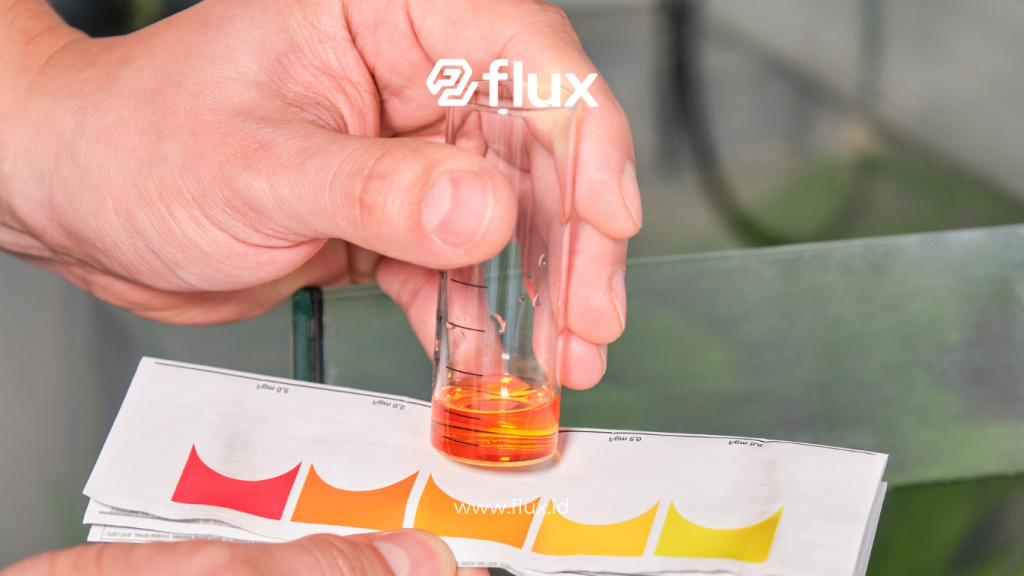
Read More : Utilizing Water Sensors for Greener, Energy-Efficient Buildings
Implementing water quality sensors requires careful planning. Key steps include:
- Needs Analysis: Conduct a needs analysis to determine the types of sensors required based on environmental conditions and water sources.
- Sensor Selection: Choose appropriate sensors based on the parameters most relevant to the school’s water conditions.
- Installation and Integration: Install sensors in strategic locations and connect them to a monitoring system accessible by school officials.
- Staff Training: Train school staff to interpret sensor data and take appropriate actions if anomalies are detected.
- Maintenance: Regularly maintain and calibrate sensors to ensure their accuracy and effective operation over time.
Challenges in Using Water Quality Sensors

Read More : Water Level Sensors: An Efficient Solution for Tank Management
- High Initial Costs: The initial investment for purchasing and installing sensors can be significant, particularly for schools with limited budgets.
- Training Requirements: Using sensors requires technical knowledge, so staff training is essential and can be an added challenge.
- Routine Maintenance: Sensors need regular maintenance and calibration, requiring time and resources.
- Technology Limitations: While sensors are advanced, they may not detect all types of contaminants or water issues.
Case Study: Implementation of Water Quality Sensors at XYZ School

XYZ School, located in an urban area with high pollution levels, decided to implement water quality sensors as part of their environmental health initiative. After analyzing their needs, they installed pH sensors, turbidity sensors, and dissolved oxygen sensors.
These sensors continuously monitored water quality and provided alerts for significant changes. For instance, a turbidity sensor detected increased water turbidity, revealing a leak in the water pipes that caused contamination. Early detection allowed the school to address the issue before it affected student health.
The data collected by the sensors was also used to generate regular reports for parents, improving transparency and community trust in the school’s commitment to student health and safety.
Conclusion
Water quality sensors are crucial for ensuring the safety and health of students and staff in schools. Their ability to monitor water quality in real-time and detect problems early helps prevent disease outbreaks and ensures safe water.
Despite challenges such as high initial costs and training needs, the benefits of this technology far exceed the costs and effort required. Water quality sensors not only help maintain student health but also boost parental trust and the school’s reputation.
As technology advances, the use of water quality sensors in schools will likely become more widespread, ensuring all students have access to clean and safe water. Investing in this technology is an investment in the health and future of the next generation.





